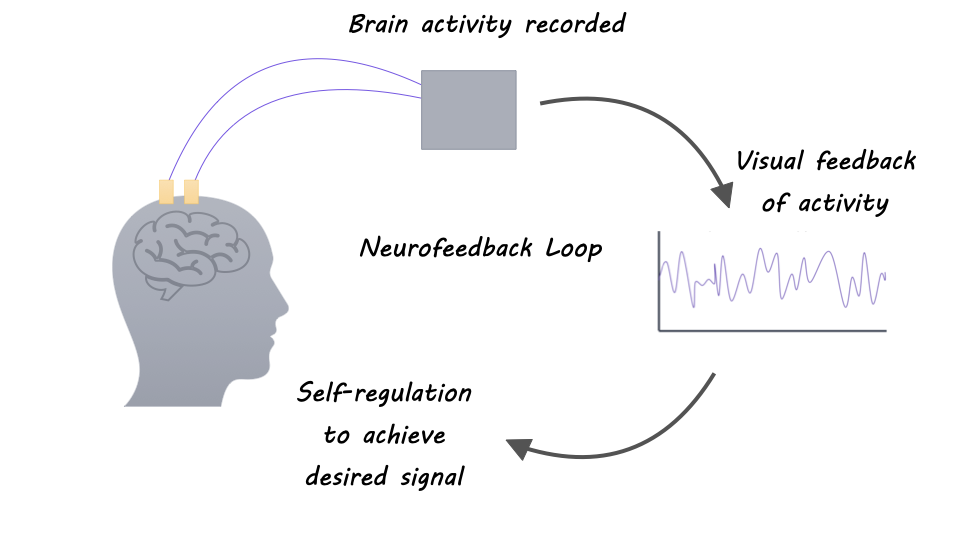Revealing the Link Among qEEG and Slumber Apnea Patterns for Improved Diagnosis and Therapy
Revealing the Link Among qEEG and Slumber Apnea Patterns for Improved Diagnosis and Therapy
Blog Article
Slumber apnea is a prevalent slumber disorder that affects many people throughout the world. It happens when a person's respiration is interrupted during sleep, resulting to poor sleep standards and various health concerns. One of the methods researchers and doctors are endeavoring to better comprehend and diagnose sleep apnea is through a technique called quantified EEG, or qEEG. This approach measures the electrical activity of the brain and can offer important insights into how sleep apnea impacts brain function and general well-being.
qEEG entails placing small sensors on the head to capture brain waves. These cerebral oscillations are then analyzed to identify patterns that may indicate sleep conditions, including sleep apnea. By analyzing these patterns, healthcare professionals can obtain a more precise understanding of how sleep apnea disrupts normal brain function during slumber. This data can be crucial for formulating efficient therapeutic plans tailored to individual clients. Comprehending the relationship between qEEG and sleep apnea can result to improved diagnostic methods and superior results for those impacted by this condition.
Research has shown that individuals with sleep apnea often display specific alterations in their cerebral wave patterns. For example, during instances of apnea, the brain may exhibit heightened activity in specific regions while additional regions become more active. These alterations can influence how effectively a person sleeps and how rested they perceive upon waking. By employing qEEG to monitor these cerebral oscillation patterns, doctors can identify particular characteristics of sleep apnea in patients, which can assist in making a more accurate diagnosis. This is particularly crucial because sleep apnea can sometimes be confused for other sleep conditions, resulting to misguided therapies.
In addition to improving diagnosis, qEEG can also play a role in evaluating the effectiveness of treatments for sleep apnea. For instance, after a patient begins using a continuous beneficial airway force (CPAP) device, which assists maintain the passage clear during learn about this here now slumber, qEEG can be utilized to evaluate alterations in cerebral function. If the cerebrum exhibits enhanced trends of slumber after initiating treatment, it may suggest that the therapy is functioning well. This response can assist physicians formulate required modifications to therapeutic plans, ensuring that patients receive the best treatment possible.
Overall, the connection between qEEG and sleep apnea patterns is an promising area of research that offers potential for enhancing identification and therapy. By understanding how sleep apnea impacts cerebral activity, medical professionals can formulate more efficient approaches to assist clients attain improved slumber and enhance their general health. As research continues to evolve, it is likely that qEEG will become an integral instrument in the battle against sleep apnea, resulting to better outcomes for those who suffer from this difficult disorder.